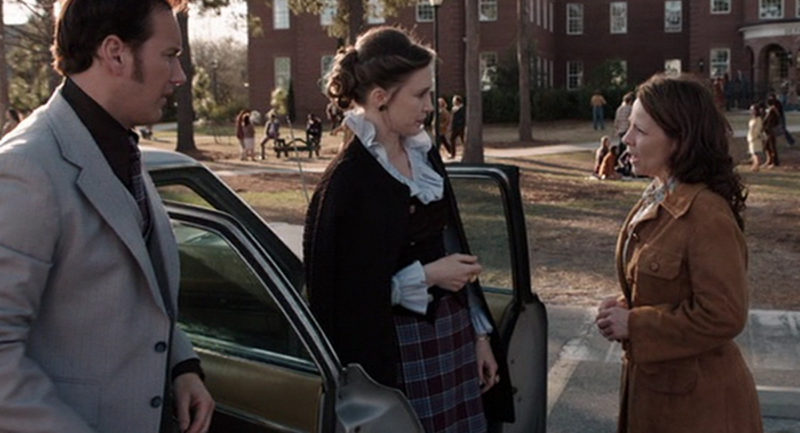In my investigations of Canadian folklore and supernatural stories, one recurring theme has seized potential interviewees: the risk to their being employable.
Their concern with getting a job is warranted, because, should it get out that they’ve witnessed a ghost or bigfoot, they could be seen as odd.
I get it. Really, I do.
I’ve been trying to land a full-time gig with my skills — one that pays a livable wage — for over five years now. That quest started long before the soft launch of the Superstitious Times, rest assured.
And I also get, in this digital age, the trepidation one has for having a troll crawl out from under the internet bridge and eat them alive.
The anonymity of the internet has allowed for this attack on the personal character of others because we all fear what we don’t understand. The first response is to naturally pooh-pooh on it. Admonish it.
Still, if someone wants to find the answers to what they witnessed, can they not call attention to it? What did I just see has to be a common question asked by anyone who has witnessed something they can’t explain.
Was that silver, saucer-shaped object in the sky just a weather balloon? Was that black, hairy mass just a brown bear standing upright? Was that cold spot in the old house just a blast from an open window?
All valid questions, which lead to an investigation. Often times, I find myself sifting through YouTube to watch videos of alleged ghosts caught on camera. My most common responses are eye rolls and a hushed, “lame” to myself.
There are a lot of hucksters and charlatans out there trying to make the next supernatural horror, or found-footage thriller, which takes away from valid cases. There is nothing wrong with questioning everything because that’s what humans naturally do. We question. Curiosity then takes hold of us like a Kraken pulling a schooner to its watery grave.
Then someone will solve the issue, whether it be a scientist, a journalist, a private investigator or a member of the Mystery Machine team.
But are we so afraid of not being employable after one sharing of a ghost story? Has the zeitgeist made us such slaves to corporate vanilla-ness?
The whole purpose of this website is to take those stories shared by drunken teenagers at parties out in the woods of Ganaraska, Ont. or on the shores of Alouette Lake, B.C. and bring them to the forefront. Ghost stories are a part of our heritage, our culture, whether we think so or not.
As shared by Tim Ingold, anthropologist Bronislaw Malinowski once wrote that myth and social reality are functionally interrelated.
“Myth confirmed, supported and maintained the social state of affairs. It provided an account of origins — of the world, of people and of their conventions,” Ingold wrote, in Companion Encyclopedia of Anthropology: Humanity, Culture and Social Life.
However, we live in times where corporations don’t like risks. They don’t like unique experiences. This impedes our growth as we’re shell-shocked into being “normal” or submissive.
If you don’t fit in the box that they want – free from a character, distinct beliefs and a charm that only comes with being an individual – well, you don’t fit in that box.
As a journalist, some of the articles I’ve written have made me a little self-conscious and have made me question whether they’ll affect how a company perceives me. I’ve interviewed models and actresses for men’s magazines, and I’ve learned a few things by doing so.
If we don’t take risks, and if we don’t learn anything we’ll never know the answers to our questions.
And that’s why I’m taking a risk with this website – to flex my entrepreneurial muscles and to deliver a part of Canadiana that so many people are afraid to share now.
Photo courtesy Warner Bros.

